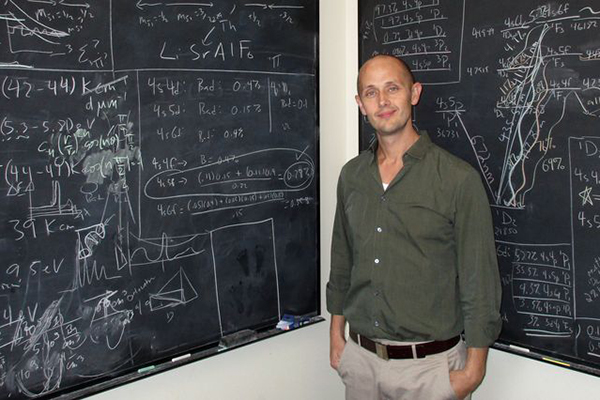
Full Text:
Physicists have pioneered a method for creating a unique new molecule that could eventually have applications in medicine, food science and other fields. Their research also shows how chemical reactions can be studied on a microscopic scale using tools of physics. The new molecule violates the “octet rule,” which states that each atom in a molecule that is produced by a chemical reaction will have eight outer orbiting electrons.
Other molecules that violate the octet rule have been observed before, but this study is among the first to observe such a molecule using tools from physics--namely lasers, ion traps and ultra-cold atom traps. The approach is part of a new physics-inspired subfield of chemistry that uses the tools of ultra-cold physics, such as lasers and electromagnetism, to observe and control how and when single-particle reactions occur. The discovery could ultimately be used to create new methods for preserving food (by preventing unwanted chemical reactions between food and the environment) or developing safer medications (by eliminating the chemical reactions that cause negative side effects).Image credit: Stuart Wolpert/UCLA